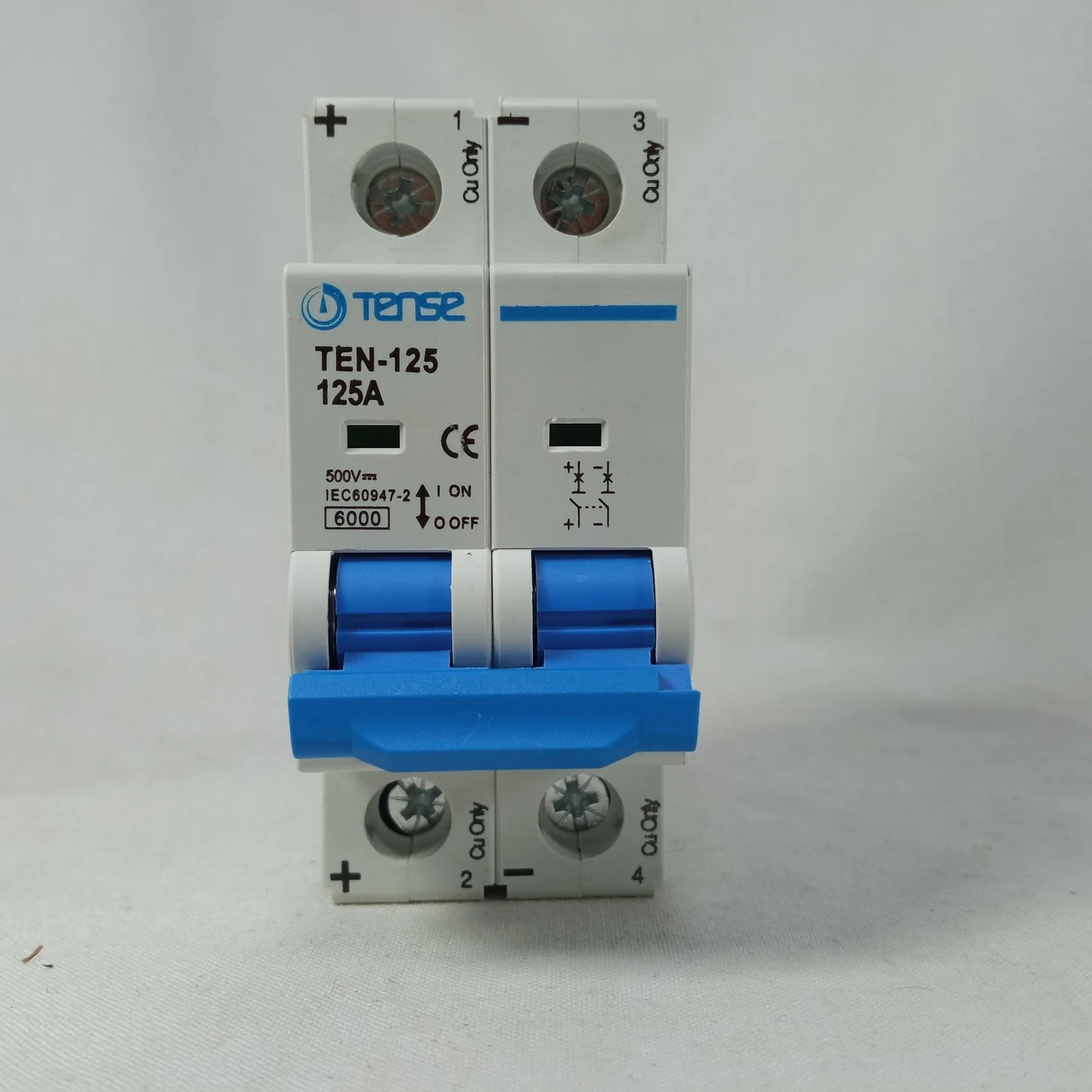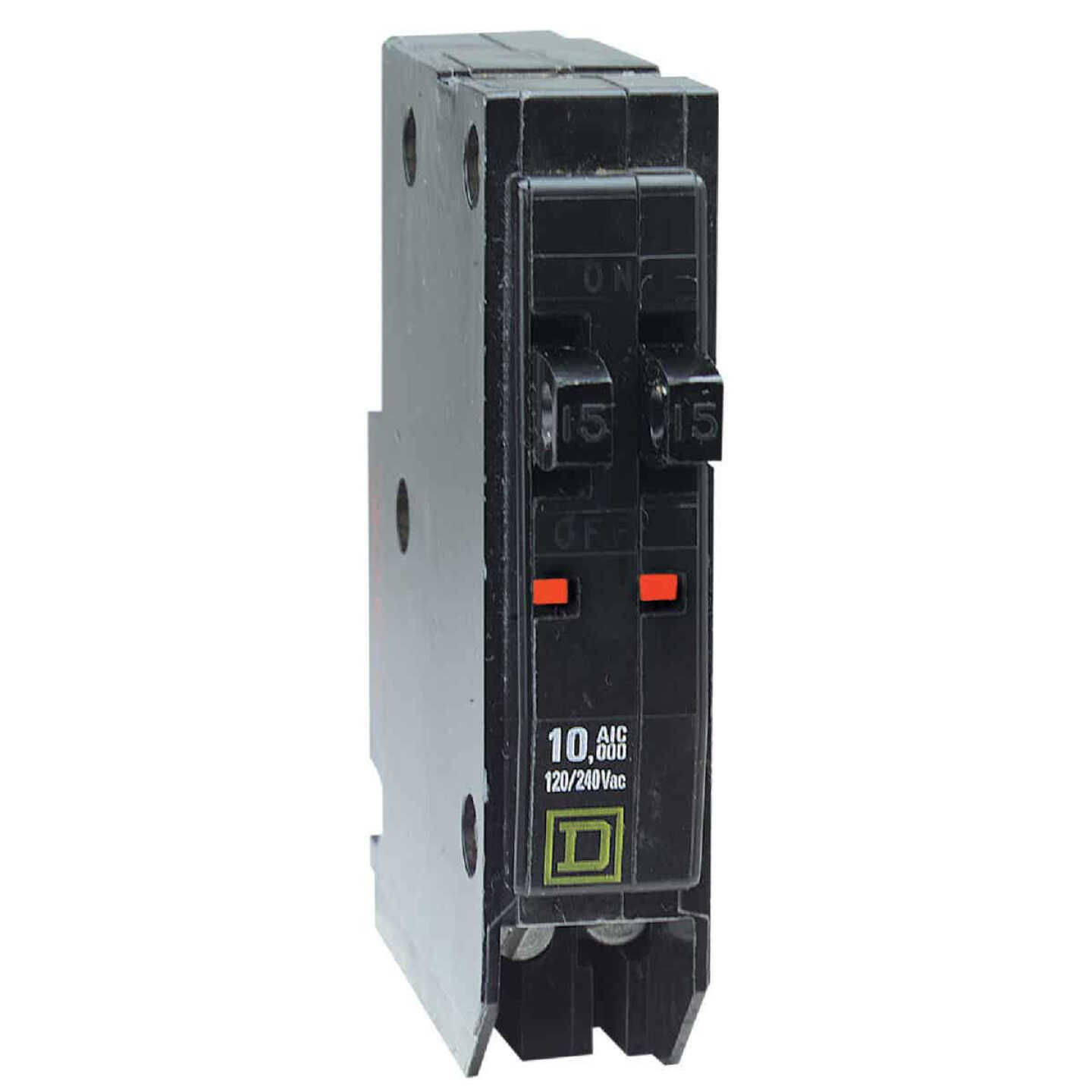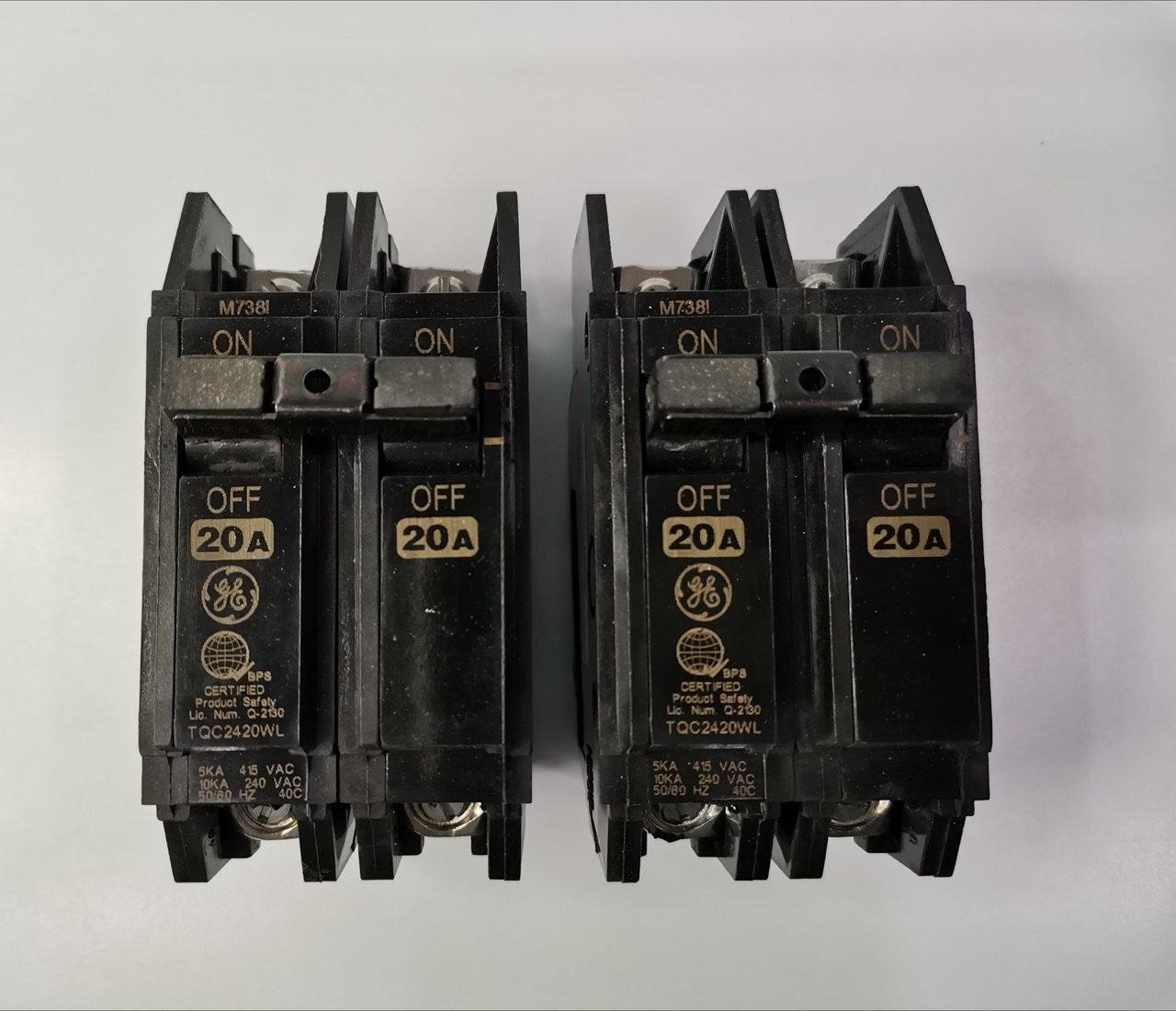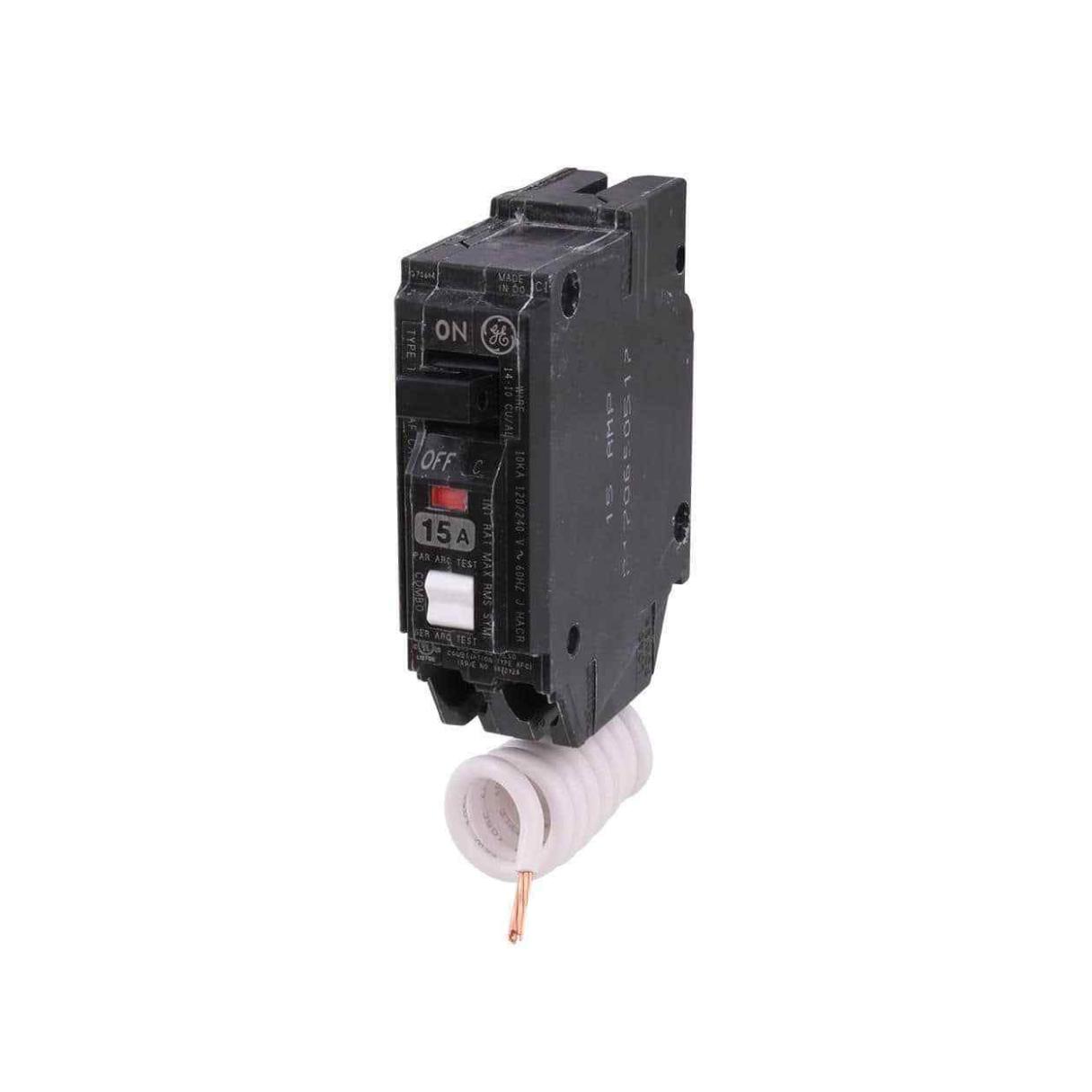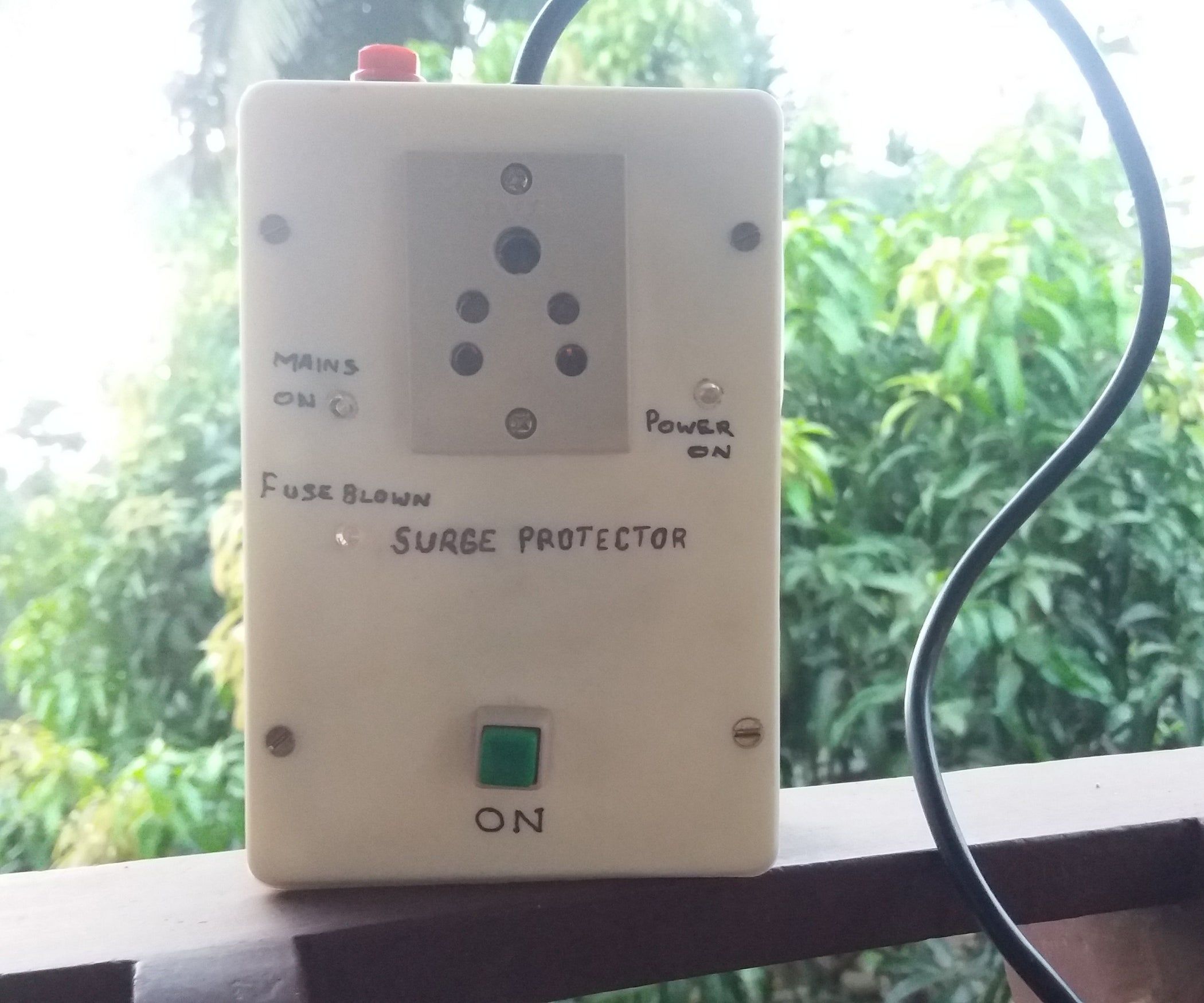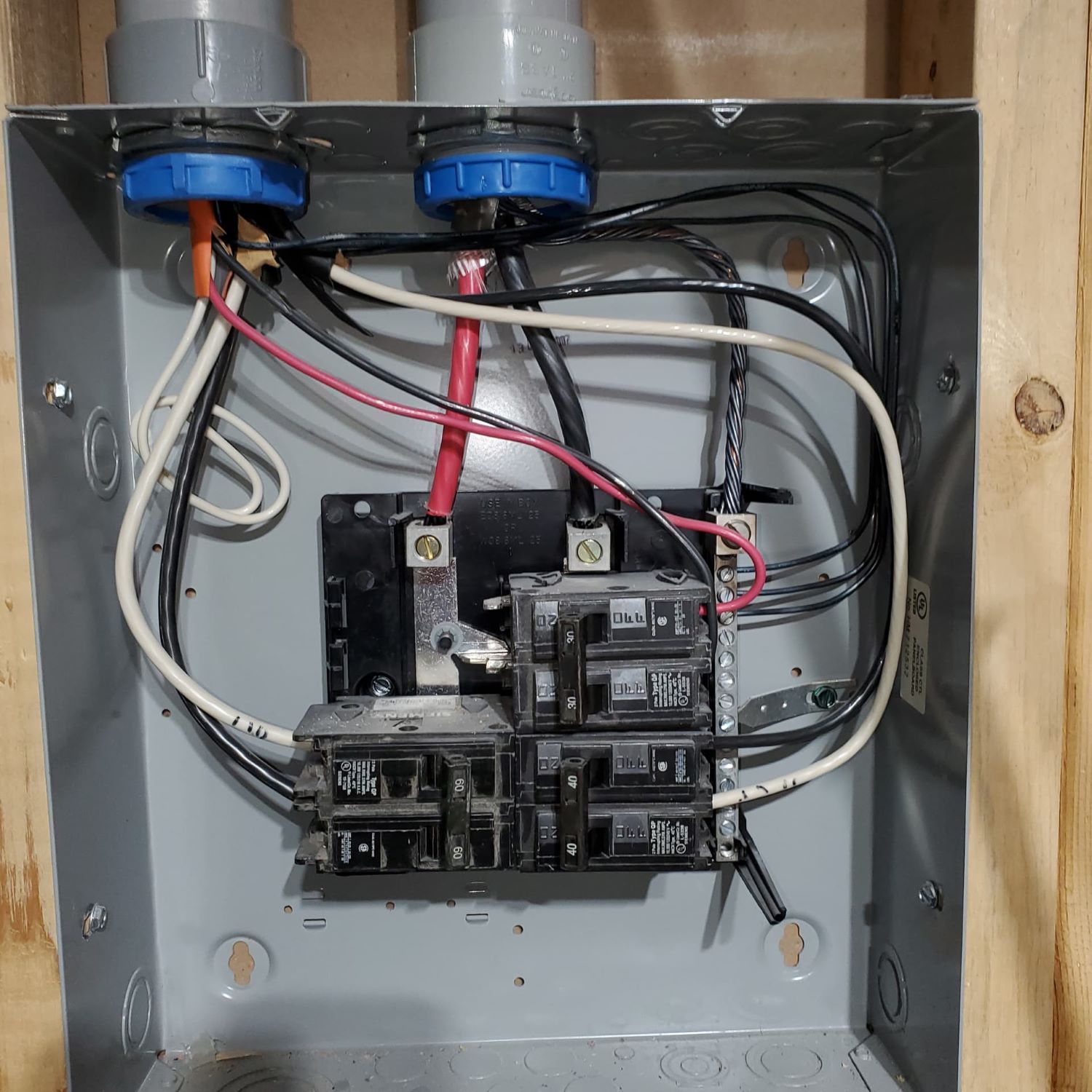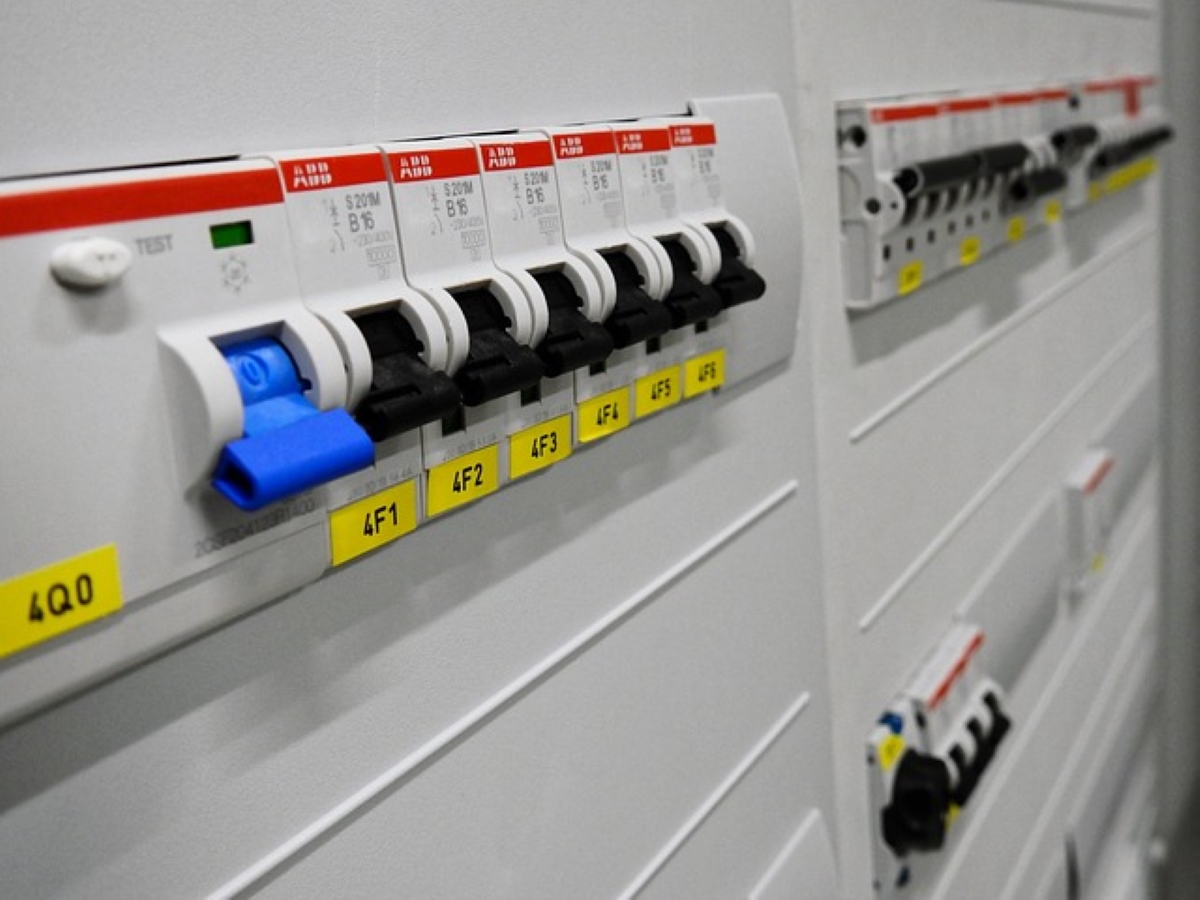Home> Circuit Breaker
Circuit Breaker: Essential Guide to Safety & Maintenance
Discover everything about Circuit Breakers: their functions, types, and best practices for safety & maintenance. Become a pro today!
An In-Depth Guide On The Different Types Of Circuit Breakers
By: Alexander Johnson • Articles
